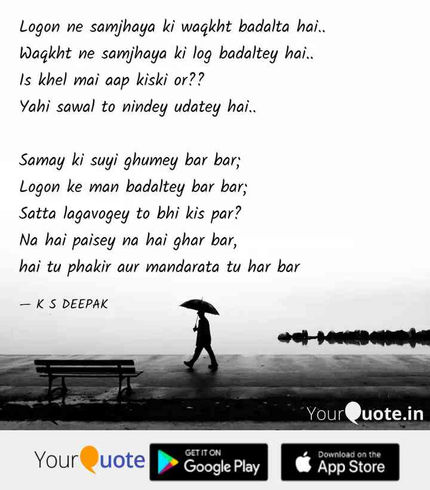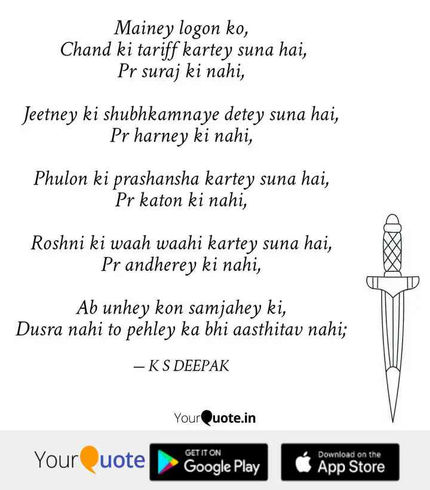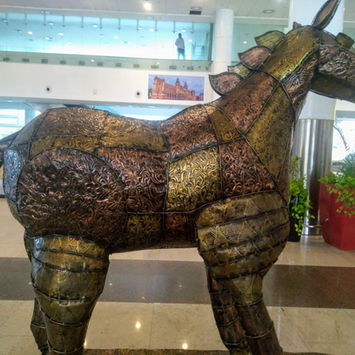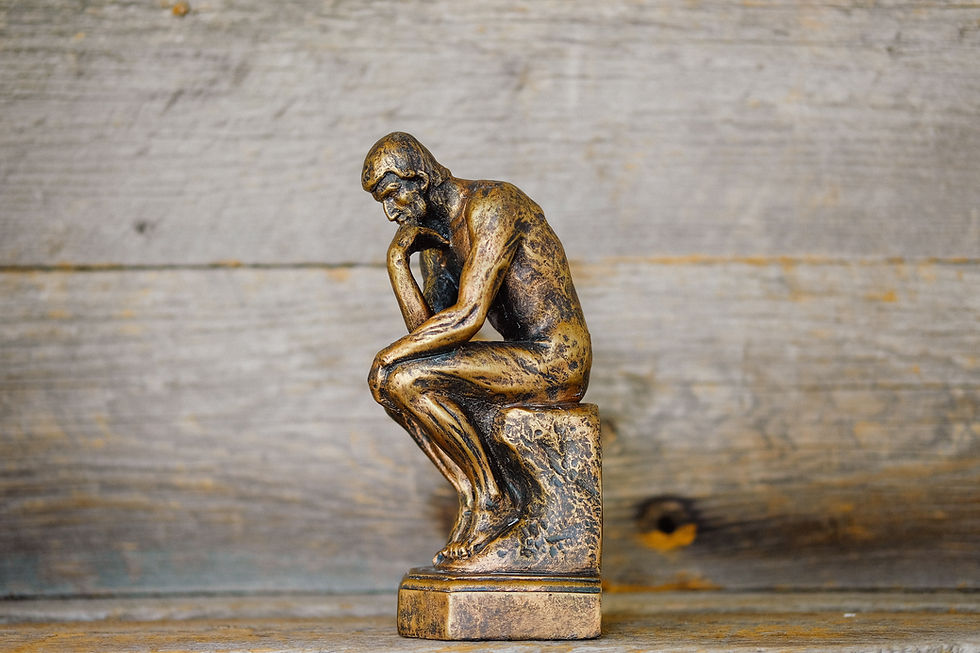Nice to Meet You
Accoutring myself with feathers!

Welcome to my blog, a place where I can share my greatest inspiration and candidly display the different sides of my passion project. Ever since I launched my site it has been creating buzz, gaining an increased following from day to day. I invite you to explore my content and learn about what makes me tick. Please reach out and engage—I’m happy to hear from you, as well.
Videos
Blogs
Poetry
























Photography

























Publications

Patents Filed
1. Microfluidic device for the dual detection and quantification of ammonia and urea in blood serum
Inventors: K S Deepak, Aniket Balapure, Sanket Goel, Satish Kumar Dubey, Arshad Javed

Journal Papers
Sarkar, S., Datta, D., Deepak, K. S., Mondal, B. K., & Das, B. (2023). Comprehensive investigation of various rerefining technologies of used lubricating oil: a review. Journal of Material Cycles and Waste Management, 1-31.
Sarkar, S., Datta, D., Deepak, K. S., & Das, B. (2023). Parametric Optimization of Re-refining of Waste Lubricating Oil Using Bio-flocculant via Taguchi Approach. Chemical Engineering Transactions, 99, 295-300.
Datta, D., Rao, D. T., KS, D., Mutsuddi, M., & Das, B. Jute fibre reinforced unsaturated polyesters laminate preparation using eggshell filler. Asia‐Pacific Journal of Chemical Engineering, e2889.
Datta, D., Deepak, K.S., Das, B. (2022). Progress in the synthesis, characterization, property enhancement techniques and application of nanogold: A review. MRS Communications. Springer, Singapore.
Sarkar, S., Datta, D., Deepak, K. S., Mondal B. K. & Das, B. (2022). Comparative assessment efficacy of yield maximization of recovered used lubricating oil by Ca(OH)2-Iso-butanol/KOH-1-butanol extractive flocculative process: optimization by Central Composite Design approach. Int. J. of Environment and Waste Management. Inderscience, Geneva.

Book Chapters

Conference Proceedings
Deepak, K S, Datta, D., Das, B. (2020). Green Synthesis of Gold nanoparticles from Oldenlandiya Corymbosa plant extract. Presented at the 10th International Conference on Sustainable Waste Management towards Circular Economy (IconSWM-CE). December 2-7, 2020. Online Conference.
Deepak, K.S, Akhil, B.V., Lahiri, S.K. (2020). Exploiting and comparing metaheuristic optimization algorithms for design optimization of Plate and Frame Heat Exchanger. Presented at the 16th Annual session of Students Chemical Engineering Congress (SCHEMCON). October 9-10, 2020. Virtual Mode.
Singh, S., Deepak, K S, Lahiri, S. (2020). Online Course on Advanced Process Control with Industrial Exposure. 16th Annual session of Students Chemical Engineering Congress (SCHEMCON). October 9-10, 2020. Virtual Mode.
Projects
PhD Thesis Project
High Precision, Miniaturized and Smart Device for Pesticide Quantification and Monitoring Applications in Food and Environment
Project Guides:
Dr Satish K Dubey, Associate Professor, Department of Mechanical Engineering, Birla Institute of Technology & Science, Pilani Hyderabad Campus
Dr Sanket Goel, Professor, Department of Electrical and Electronics Engineering, Birla Institute of Technology & Science, Pilani Hyderabad Campus
Dr Arshad Javed, Associate Professor, Department of Mechanical Engineering, Birla Institute of Technology & Science, Pilani Hyderabad Campus


Master’s Thesis Project
Project Guides:
Dr. Bimal Das, Assistant Professor, Department of Chemical Engineering, National Institute of Technology, Durgapur
Dr. Deepshikha Datta
Bachelor’s Thesis Project
Catalytic Hydrothermal Liquefaction for Bio-Crude Oil Production from Yeast Biomass
Project Guide:
Dr. Shantonu Roy, Assistant Professor, School of Community Science and Technology, Indian Institute of Engineering Science and Technology Shibpur


Extra-curricular Project
Team Semeion is a pool of experts from the Chemical Engineering discipline targeting to bridge the gap between academics and industries by providing unique Online courses with industrial exposure and flavour.
This course will primarily reify between academic knowledge and industrial practice, which will not only be beneficial to students but also to the practising chemical engineers, control engineers, industrial operators, and process control research scholars.

Hello
Passion Makes Perfect
Academically, I am a shudh Chemical engineer, but I often try to expand my horizon and interest in areas that challenge and tick my curiosity. I believe that in a world undergoing metamorphic changes; people need to be able to gauge the big picture and understand the nuances. With that view in mind and a proactive attitude, I bring this blog to you.

























